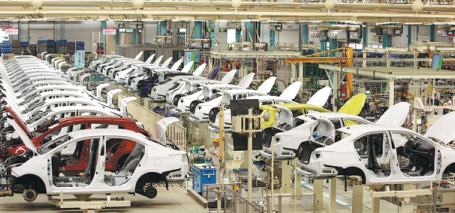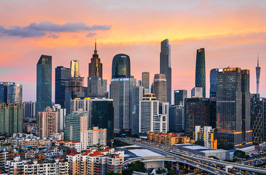Nansha district positions itself to be a hub of technological greatness
More importantly, the plan proposes three funding and tax incentives for Nansha, which can greatly boost investment and attract talent.
First, it will impose 15 percent corporate taxes on companies that belong to the district's encouraged industries in its launching areas as compared to generally 25 percent. Second, companies in key high-tech industries will be allowed to prolong the periods of their carry-over of losses. Third, residents of Hong Kong and Macao working in Nansha can enjoy a personal income tax rate the same as that of the special administrative regions where they hail from.
To assist industrial development, the district launched a new preferential policy that fuses together the incentives for innovation, industry, fund and talent. The move is the first among State-level new districts.
Nansha district government plans to pour more than 20 billion yuan into subsidies for research institutes, companies and talents.
For example, the subsidy for research and development institutes and high-level professional teams could both reach up to 100 million yuan. Young entrepreneurs from Hong Kong and Macao in Nansha could access rewards of up to 1 million yuan.

Bodyshells lined up in the production plant of GAC Toyota in Nansha. CHINA DAILY
Companies that choose to settle in Nansha could get bonuses from the government in terms of corporate operation, executives' personal incomes and equity exercises once they are listed on a stock market.
Huang Xiangdong, president of Guangzhou Greater Bay Technology, said Nansha enjoys geographical advantages. Located at the geometric center of the Guangdong-Hong Kong-Macao Greater Bay Area, it boasts a strong innovative atmosphere and sound business environment.
Founded in September 2020, Huang's business is a private high-tech company hatched by GAC to focus on the research and manufacture of fast-charging batteries. The battery the company makes was officially certified by the World Record Certification Authority in 2021. It takes just eight minutes to charge from 0 to 80 percent and five minutes from 30 percent to 80 percent.
According to Huang, it took just six months for the company to complete the patent application to authorization. The battery system factory was built and put into operation in just five months.



 Print
Print Mail
Mail

